What are the effects of unrecognized 3D gestures on user experience, and how do these affect the design of error-tolerant 3D gesture sets?
"Errors are an inevitable part of interaction with technology..."
But what happens when 3D gestures fail?!
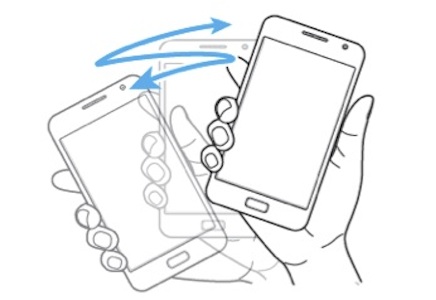
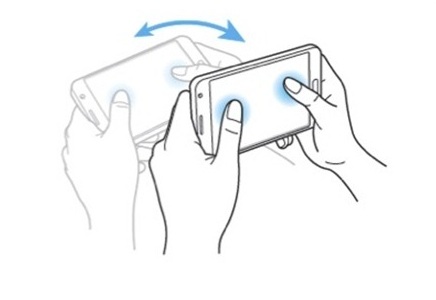

We hypothesized that for mimetic gestures, users are less familiar with the ideal shape of the gesture, so we expect more gesture variation under high error rates and lower subjective workload due to higher degrees of freedom.
By contrast, for alphabet gestures, users are more familiar with the ideal shape, which result in more rigid gestures under increasing error rates, and higher subjective workload due to lower degrees of freedom.
Consider speech recognition technology, and how you
repeat yourself when Siri doesn't understand you after 2-3 times.
We designed mimetic and alphabet gesture sets
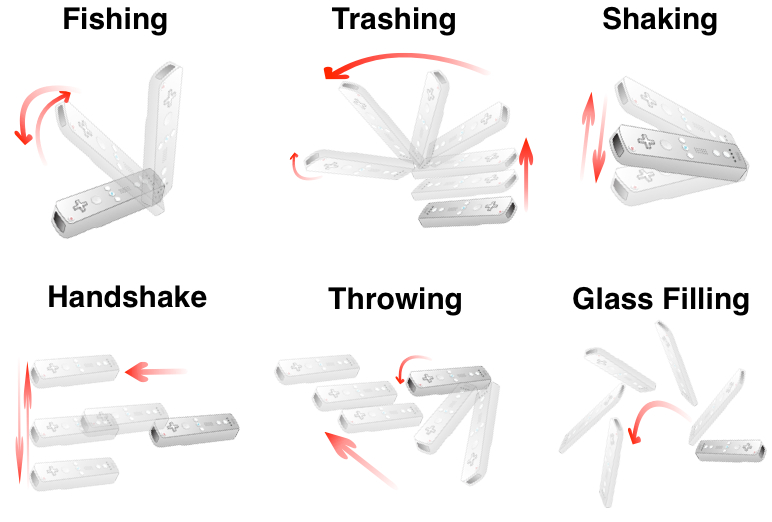
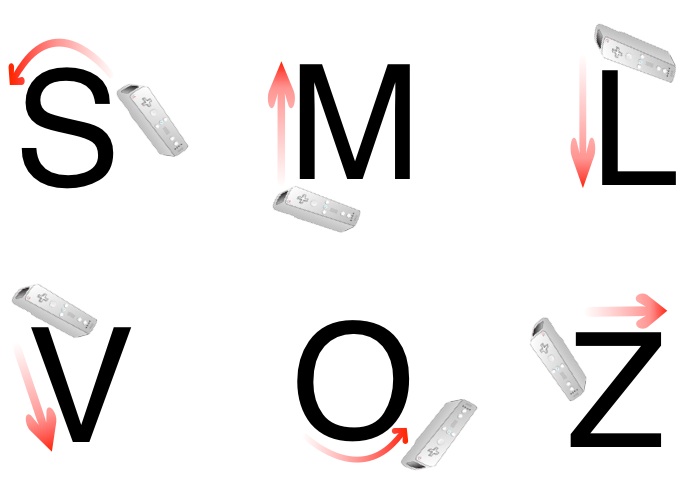
Methods
- Qualitative Study
- 24 participants
- Mixed between- and within subject factorial design: 2 (gesture type: mimetic vs. alphabet) x 3 (error rate: low vs. med vs. high)
- Wii Remote interaction using GlovePie (input emulator)
- Data collected:
- 1) Modified NASA-TLX workload questionnaire data
- 2) Experiment logs
- 3) Video recordings of subjects’ gesture interaction
- 4) Post-experiment interviews
The setup and procedure
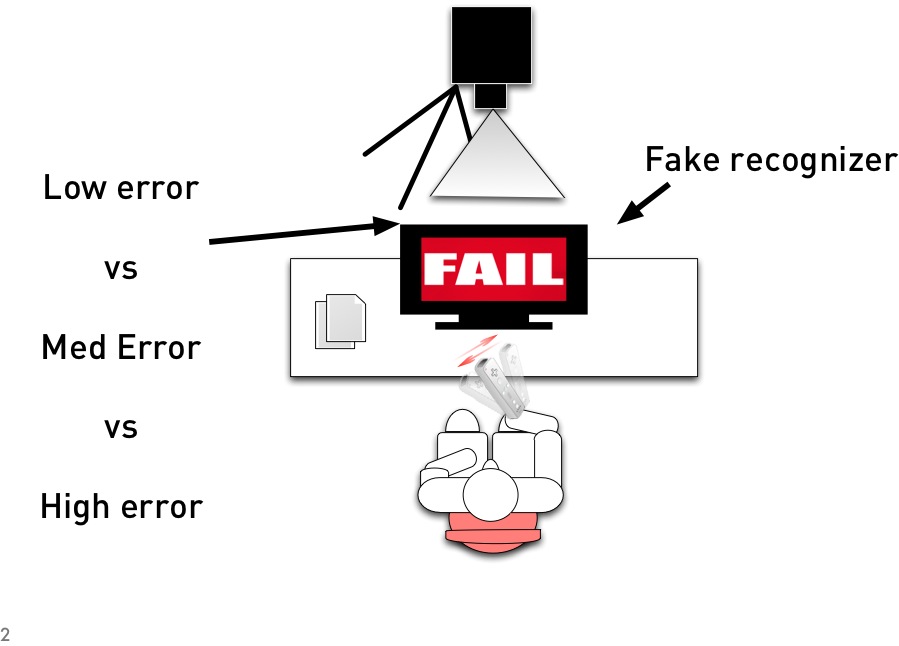
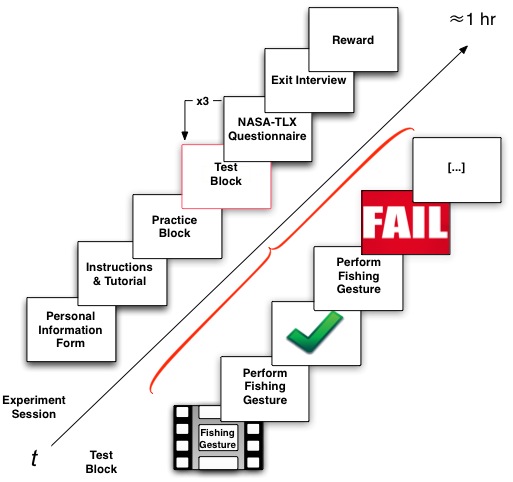
Our results were...

We showed that
- 40% error tolerance in line with previous work, which shows usability of gesture-based interaction.
- Discrete mimetic gestures have better overall user experience (even under high error!), and thus more suitable for inclusion into mainstream smartphones
- Failed gesture recognition raises social acceptability issues when performed in urban settings